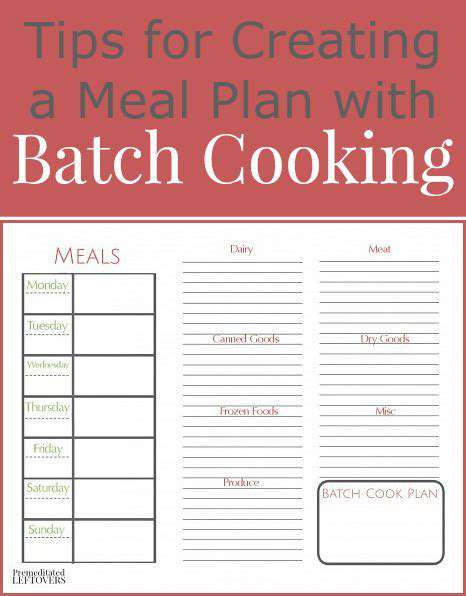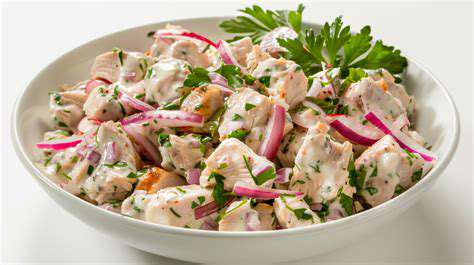
Freezing for Future Meals

Planning Ahead for Deliciously Easy Meals
Freezing food for future meals is a fantastic way to save time and money, and it's incredibly beneficial for maintaining a healthy diet. By prepping and freezing meals in advance, you can avoid last-minute takeout orders and ensure you always have nutritious options readily available. This proactive approach allows for greater flexibility in your schedule and prevents food waste by utilizing ingredients efficiently.
Having a plan and preparing meals in advance can be a real lifesaver, especially when juggling work, family, and other commitments. Freezing meals can also be a smart way to reduce food costs by buying ingredients in bulk and preparing large portions.
Choosing the Right Ingredients and Recipes
Selecting ingredients that freeze well is key to achieving delicious results. Fruits and vegetables, lean proteins, and grains are all excellent choices for freezing. Consider your dietary needs and preferences when choosing recipes, and try to find recipes that incorporate a variety of nutrients to ensure a balanced diet.
When selecting recipes, it's important to consider the ingredients that will freeze well and retain their quality. This will help you avoid disappointment when you thaw and reheat the meal.
Proper Portioning and Packaging
Portioning your meals into individual containers or freezer bags is essential for easy reheating and prevents food waste. Proper packaging is crucial to maintain food quality, and it also makes meal prep a breeze. Using freezer-safe containers or zip-top bags is recommended.
Portioning your meals into individual servings makes it easy to grab and reheat a meal whenever you need it. This also helps to prevent overeating, as you can precisely control the portion size.
Freezing Techniques for Optimal Results
Freezing methods play a vital role in preserving the quality and texture of your meals. Freezing food quickly, using airtight containers or bags, and avoiding repeated freezing and thawing are important steps for preserving freshness. Freezing immediately after cooking is a crucial step for maintaining the nutritional value of your meals.
Employing proper freezing techniques ensures that your meals maintain their nutritional value and taste. Avoid refreezing thawed food to maintain the quality of your meals.
Thawing Methods and Reheating Strategies
Thawing frozen meals safely is crucial for both food safety and taste. Thawing in the refrigerator, in cold water, or using the microwave are all safe options. Choose a thawing method that suits your schedule and ensures that the food is thoroughly thawed.
Different thawing methods have different time requirements, so it's important to know how long it takes to thaw your food completely. Reheating methods should be chosen to maintain the texture and flavour of the meal.
Tips for Meal Variety and Creativity
To avoid monotony, explore different recipes and meals to freeze. Experimenting with various cuisines and flavors can keep your meals exciting and interesting. You can find inspiration from cookbooks, online resources, or even try adapting your favourite recipes.
Creating a variety of meals can help ensure that you don't get bored with your frozen meals. Use seasonal ingredients to create unique and interesting meals.
Storage and Organization for Easy Access
Proper storage and organization are essential for easy access to your frozen meals. Labeling containers with the date and contents will help you keep track of your meals and ensure you use the oldest ones first. Organize your freezer by categories for easy retrieval.
Keeping your freezer organized will make it easier to find the meals you want and ensure that you use the oldest ones first, reducing food waste. Invest in clear containers and labels for easy identification.